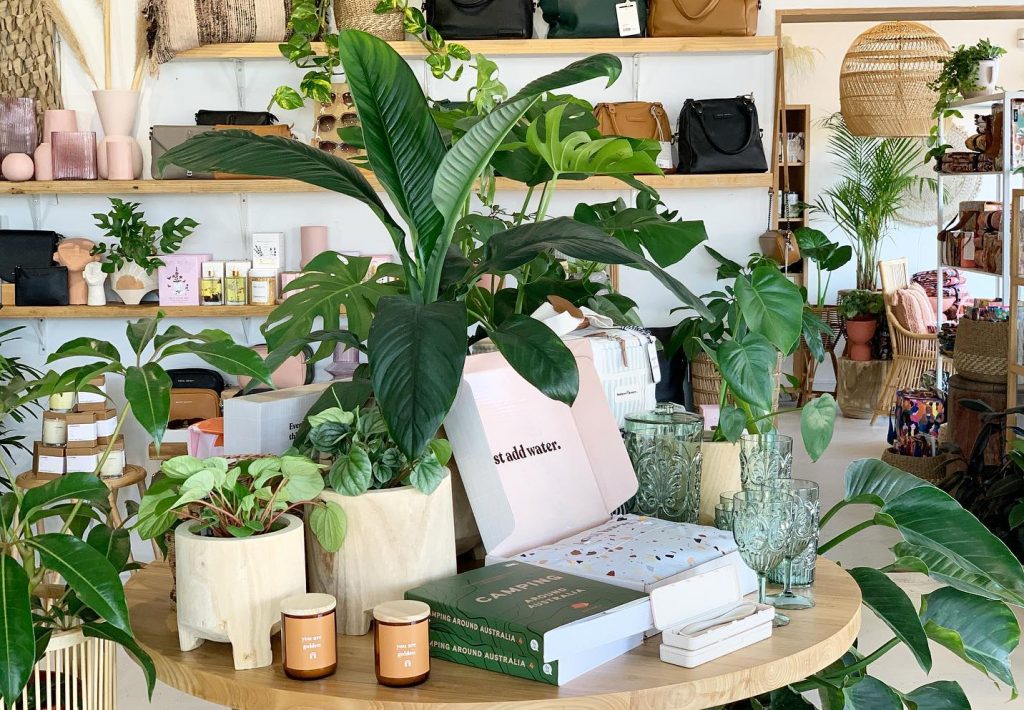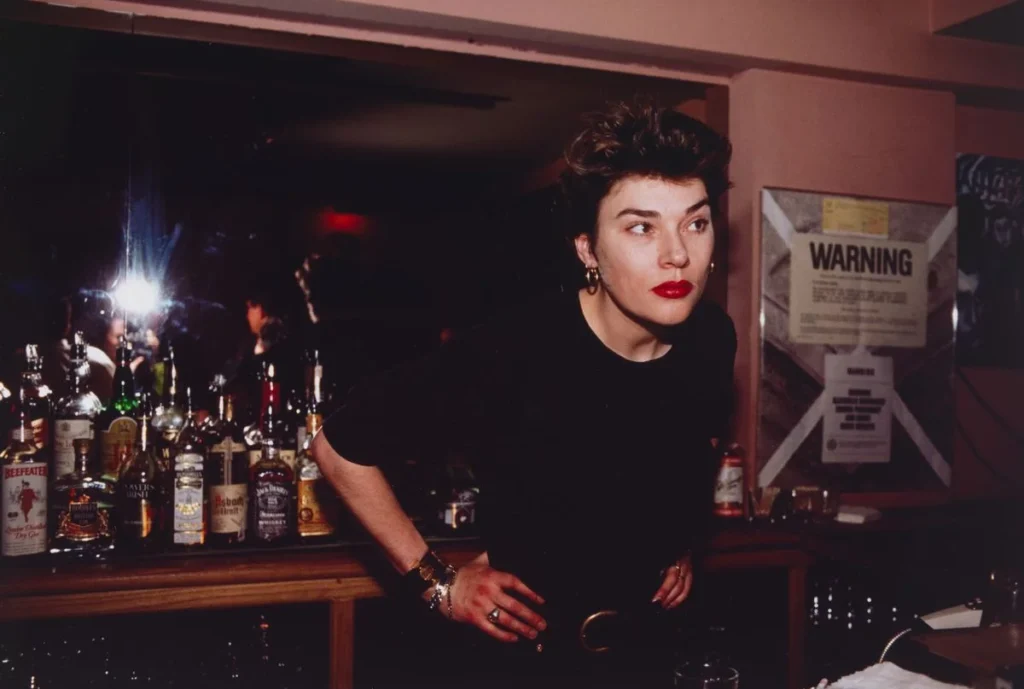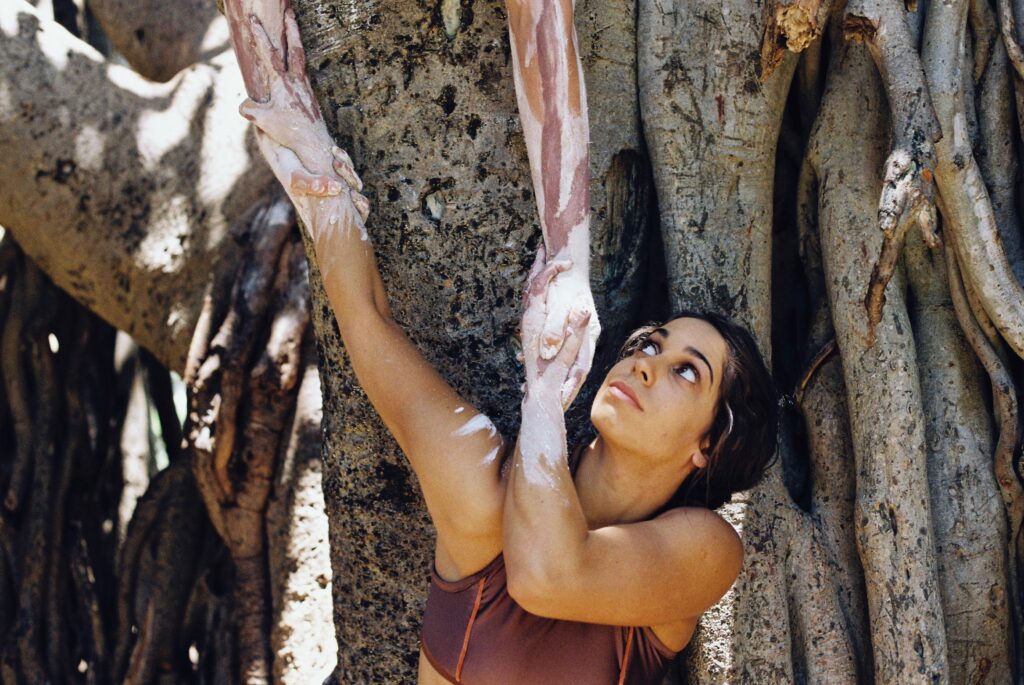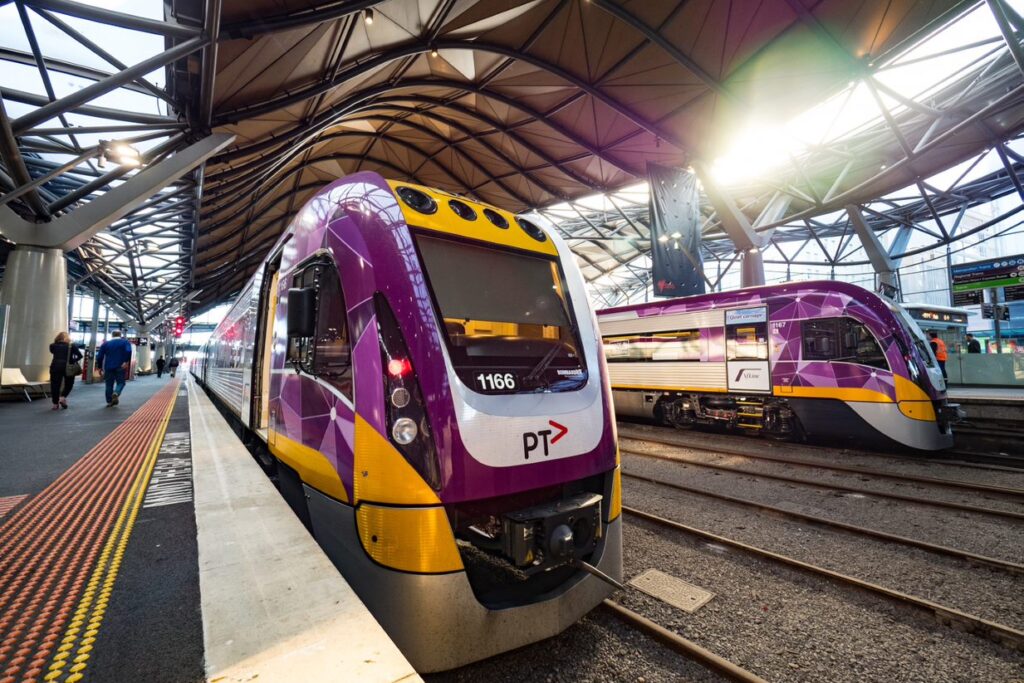The Biographer’s Lover is a dual narrative that switches perspectives between a biographer and her subject, the Australian artist Edna Whitedale. It follows the biographer, as she grapples with the moral questions raised by her decisions during the project. Set in Geelong, the elegant and engrossing novel explores how we value and celebrate art and artists’ lives, reminding us that all memory is an act of curation. We sit down with author Ruby J. Murray for an in depth chat about the book.
Hi Ruby, thanks so much for taking the time to chat to Forte Magazine.
Thanks to you! I grew up reading Forte. I was obsessed with GrogWatch when I was a kid. I thought it was this intimate view into secret, adult life. It’s fun to make these loops happen.
How are you and what have you been up to recently?
I’m great. I’m living in California at the moment, which is like living in topsy-turvy land. Americans speak English, and they sort of know the same cultural references, and they eat similar food, and sometimes you think you understand them… But you don’t really. They’re actually basically from another planet.
Congratulations on your latest novel, The Biographer’s Lover which was released earlier this year. Can you tell us what initially inspired you to write this book?
From the very beginning of the project I knew I had a place, a character, and a structure. The book had to be set in Geelong. There are so few books set in Geelong – you’d be lucky to count them on one hand. In Australia, we’re culturally obsessed with the outback and the bush, and with the big cities. Geelong is neither of those, but it has this incredible history. It’s at once a rugged and a rich place, a place of both privilege and poverty. It’s also a place at the heart of Australia’s industry, and somewhere that has been at the forefront of all the big shifts over the decades, from the Gold Rush to the wool industry to Alcoa and the car industry… The character, Edna, was sort of elusive. I was like the biographer in the book, always trying to chase her down and understand her. And for the structure, I wanted these two interwoven narratives, the story of a biographer and the biography itself.
Can you walk us through the process of putting this together: how long had you been working on it, and did you encounter any challenges or writers block throughout?
It was a long project – over five years. It’s pretty interesting, working on a project for that long. You’re a different person when you finish it from when you start it. So you have to keep on having these conversations with the person who started writing the book – why did you choose this? Are you sure you did it on purpose?
You’ve based this novel around the story of fictional war artist Edna Cranmer. As a creative, we understand you can appreciate the value of art. Did you have an interest in art upon writing, or was it something you had to learn more about as you wrote the book?
I’ve always loved galleries. Galleries and art museums have the same effect on me as churches. They remind me of the passage of time, of how hard it is to be a human sometimes and to try and understand the world around you. It’s moving to be in a space surrounded by the work of all these people who you’ve never met, whose names you don’t know, trying to communicate something across time. In Victoria we’re lucky to have the galleries we do, from the Geelong Gallery all the way through to Ballarat and the NGV. It says a lot about our values as Australians that they’re free to visit, too.
You touched on it earlier but The Biographer’s Lover draws on Geelong and surrounding regions (in which you were born and raised) for its backdrop. Why did you decide to base it in this region; was it easier to bring the book to life because of your own time in these areas?
My dad was born and raised in Geelong, and he moved back to the Bellarine when I was eleven. After that, I grew up between Geelong and Melbourne. I love the landscape of the Bellarine – it’s unlike any other place on earth. But I don’t think growing up in the area made writing the historical parts of the book any easier. The Geelongs of the past were so different to the Geelongs of the present. There are still pieces of them hidden everywhere, but you have to know where to look.
The book is considered an adult fiction novel. Who did you have in mind as the reader whilst writing? Is it aimed at older readers, or is it something people in their late teens would be able to enjoy as well?
I wrote this book because I wanted to write about the region. I didn’t write the book with an age in mind – I would have loved to read it as a late teen on the Bellarine.
You’ve also touched on women’s roles in society within the story which is great to see, along with ideas of masculinity and national icons. Was this organic or did you always want to touch on the ideas prior to beginning the book?
It’s interesting to me which stories we choose to tell about ourselves as a society, and which ones we choose to forget or step over. The ANZAC Day football matches have always disturbed me. I knew that I wanted those to be part of the story… I don’t want to give too much away.
Now that the book is out, how have you found the response from readers?
It’s been great. People from Melbourne keep telling me they think really differently about Geelong now, which makes me laugh.
You’re quite a talented writer and journalist, with work appearing in many publications, including the Saturday Paper, Time Out, the Age, Meanjin, Dumbo Feather and Griffith Review, and selected as a SMH Best Young Novelist for your debut novel Running Dogs. Do you have any advice to young, aspiring writers?
You can’t edit a blank page. Someone told me that once – it’s important advice. Most writing is actually editing.
Thanks so much for taking the time to chat. What’s next for you?
The next book will be a different adventure. And it won’t take as long this time, I hope.
Pick up your copy of The Biographer’s Lover at your local booksellers, or online at Readings, Booktopia, or Amazon.
Recommended

Spoil someone rotten with the best giftware shops in and around Geelong

Lisa Gorman + Mirka Mora: A fusion of fashion and art at Warrnambool Art Gallery

Immerse yourself in Art Late: Art Gallery of Ballarat's new after-hours experience

The set times for Knotfest Australia 2024 have arrived, museum revamp announced

New and experimental works meet traditional theatre in Geelong Arts Centre's must-see shows
